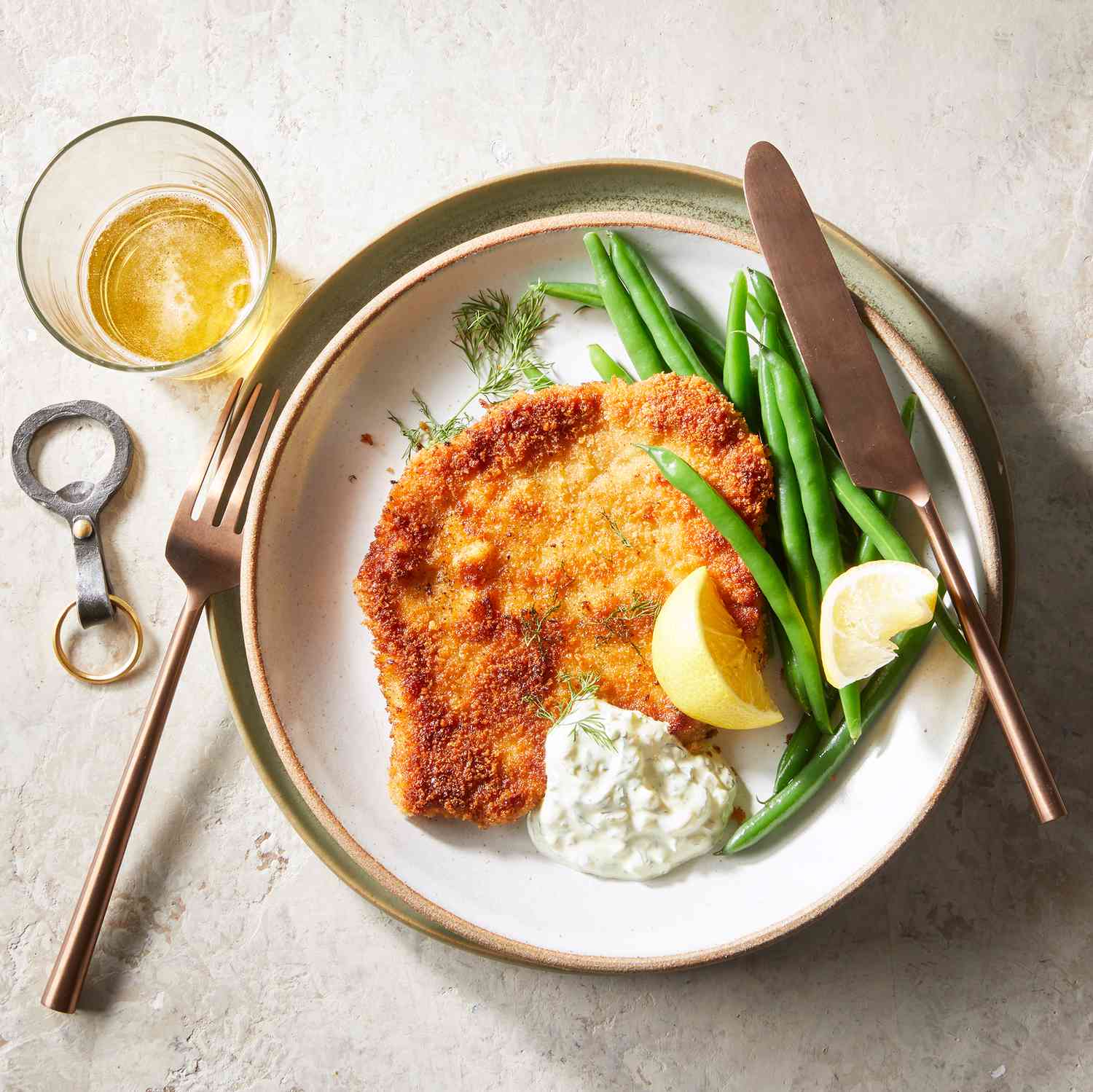Ultra-processed food has become perhaps the most talked-about health topic of 2024, as more and more people discovered what a UPF is, and how it can impact their health. Google searches for the term are up exponentially year on year, while a landmark study in the British Medical Journal found that greater exposure to UPFs was linked to a higher risk of mortality, as well as a number of diseases and mental health issues. I personally read Chris van Tulleken’s excellent Ultra-Processed People, which opened my eyes to the power big food companies have over people’s diets, and what really lurks in many of the things we buy without a second thought at the supermarket.
Food writer and chef Melissa Hemsley has also read van Tulleken’s book, and credits him with thrusting the term “ultra-processed foods” into common parlance. She is no stranger to processed foods, having discussed them extensively (calling them “super-processed foods”) in her first book 15 years ago, still, she says, Ultra-Processed People “shocked” her. Her own new book, Real Healthy: Unprocess Your Diet With Easy, Everyday Recipes encourages a return to eating real, home-cooked food, and offers easy ways to cut down on UPFs.
“The feedback so far has been that the book is a great reminder of ways to eat foods that people might find a bit boring, like beans, lentils and whole grains, for example,” Hemsley tells me. “Others are genuinely worried about UPFs and feel they are part of the statistic, which is that the average daily diet in the UK is made up of two thirds ultra-processed foods. In those under 14, it’s closer to 80 per cent, and much of that is courtesy of the energy drinks they are consuming.”
The combination of a “generation of lost kitchen skills” and cheap convenience food on tap means many of us no longer prioritise actually cooking our meals. On top of the fact that the ultra-processed foods we eat are hyperpalatable and trigger the brain’s reward system, ultimately encouraging us to eat to excess. “Eating lots of hyperpalatable foods often means the idea of eating lots of vegetables is a turn-off because it changes the tastebuds,” adds Hemsley. “Convenience foods can be a health problem, so I’m trying to make home cooking more convenient.”
How to cut down on ultra-processed foods
Read the labels
The more ingredients on the label, the more processed the food will be – especially if they have undecipherable names. For example, if you’re buying shop-bought tomato sauce, “some will have sugar as the first ingredient (which is a no no), while others will contain just tomatoes, olive oil, basil and salt,” says Hemsley. “Make checking every label second nature. If this feels overwhelming, one of the pieces of advice I share in the book is to simply read the label of one product you buy regularly and make changes accordingly.”
Buy one less UPF a week
“When you do your weekly shop, buy one less ultra-processed food, and buy one more whole food [ie, those that don’t require an ingredient list, like a banana or a cucumber],” recommends Hemsley. “Then in a month you have eaten four less UPFs and potentially eaten four more fruit or vegetables than you would usually, which benefits the gut.” Over the course of a year, this all adds up to myriad positive health benefits.
Cook your food in batches
It’s easy to get into the habit of buying lunch at high-street chains, but it’s cheaper and much healthier to cook your food at home. If you’re short on time, Hemsley suggests cooking in batches – her book is full of one-pot and traybake recipes that make cooking really easy, plus you can freeze many of them afterwards. Alternatively, you could just make double the amount of dinner so that you’ve got enough leftovers for lunch the next day.
Try these fridge hacks
Another tip to make prepping your meals easy? Hemsley recommends cooking extra protein, such as fish, chicken or tofu, which you can add into your meals throughout the week. “You might mix with it with a tin of beans or some lettuce and vegetables, and make a delicious salad,” she says. “Twice a month, I also make a jar of salad dressing, which I keep in the fridge. It lasts me two weeks and doesn’t have the number of nasties that many supermarket salad dressings have – and we tend to buy these en masse. When I’ve got that there, I’m more likely to eat a salad.” Finally, she recommends chopping up crudités and storing them at eye level in the fridge, so when you get home from a long day at work and you’re starving, there’s something healthy at hand to munch on pre-dinner.
Prepare different meals from one dish
“Turn your food into other things,” enthuses Hemsley. “I might make a lentil-based dish. One day, I’ll slice sweet potatoes and sprinkle feta on top and grill it, making a lovely lentil shepherdess pie. The next, I might serve it with rice or quinoa, and the next with guacamole. And then I’d freeze the rest!” This approach allows you to keep mealtimes interesting, without slaving over the oven for hours each night.


